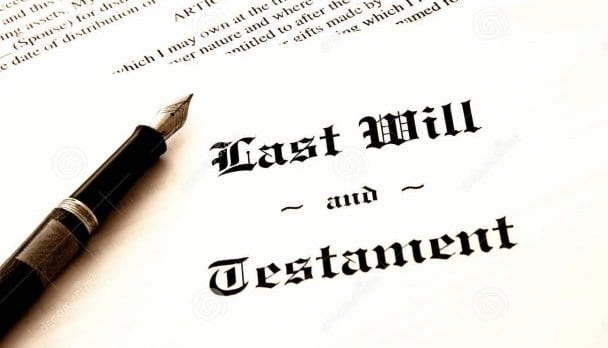By Nancy Burner, Esq.

The Consumer Directed Personal Assistance Program (CDPAP) is a Medicaid program that allows a Medicaid applicant, or their representative, to choose the individual (or individuals) to provide care at home rather than using an aide from a home health agency.
Under the Medicaid process, once an applicant is approved for Medicaid, they will undergo at least one assessment to help determine how many hours of care the applicant will receive with a managed long-term care (MLTC) plan. The applicant then signs up with a home-care agency that contracts with the MLTC, and aides are sent to the home to provide the hours of care.
If the applicant is unhappy with the current aide, he or she can request that the agency replace the aide; however, the agency has full discretion on choosing a substitute. The agency only needs to make sure that they are providing the care set up by the predetermined hours.
There are also limits as to what the aide can do in terms of the care they provide. An aide can assist with most tasks, such as walking, bathing, grooming, light cleaning and cooking, but they cannot perform “skilled tasks,” such as administering medication.
For example, if an applicant is diabetic and requires daily insulin injections, the aide is not allowed to administer the injection. An aide, however, can give certain cues, such as placing medication in front of the patient, letting them know it is time to take said medication.
Many applicants are satisfied with the care provided by the home health aides, but there are some that may require an aide that can perform skilled tasks, or others already have an established relationship with a specific aide and do not want to switch to a different caregiver.
Under CDPAP, any individual can be hired as the caregiver so long as said individual is not a legally responsible relative, such as the applicant’s spouse or guardian.
The applicant, or their representative, will determine who the aide will be, their work schedule, and what kind of assistance the aide will provide. There is no prerequisite to be certified as a home health aide or registered nurse. Training the aide occurs at the home and the aide gets paid through Medicaid. The aide can perform skilled tasks that are not otherwise allowed under the standard Medicaid program.
It is important to note that under CDPAP, the aide is considered an independent contractor, not an employee of the agency. The applicant is therefore fully responsible for finding and setting up the care. The applicant will also not be able to take advantage of some of the benefits an agency provides, such as sending in backup care if the current aide is sick or cannot work for whatever reason.
To discuss your options, you should contact an elder law attorney who has extensive experience in this field and can navigate the Medicaid system to help provide you with the best care for your specific needs.
Nancy Burner, Esq. practices elder law and estate planning from her East Setauket office















